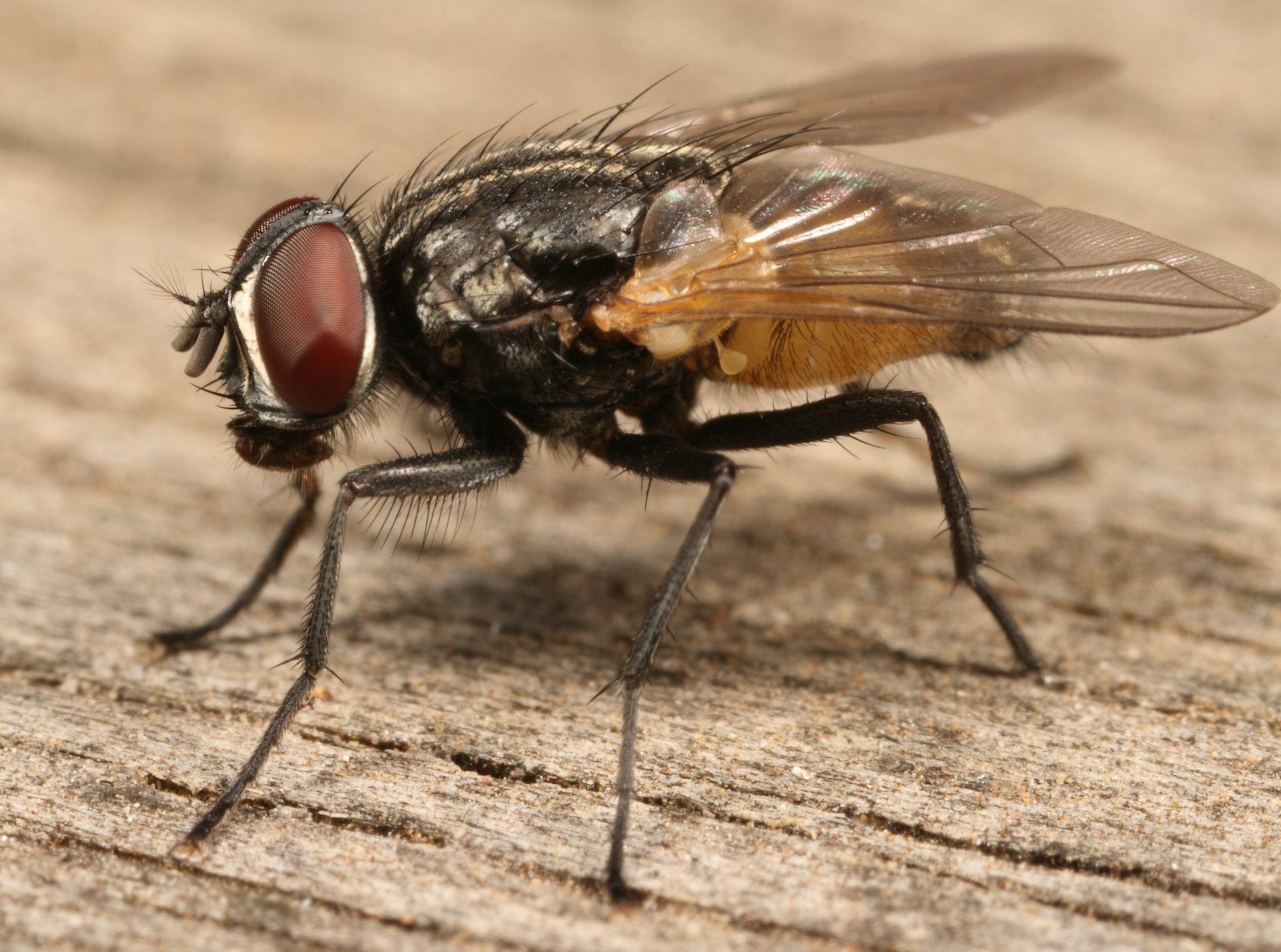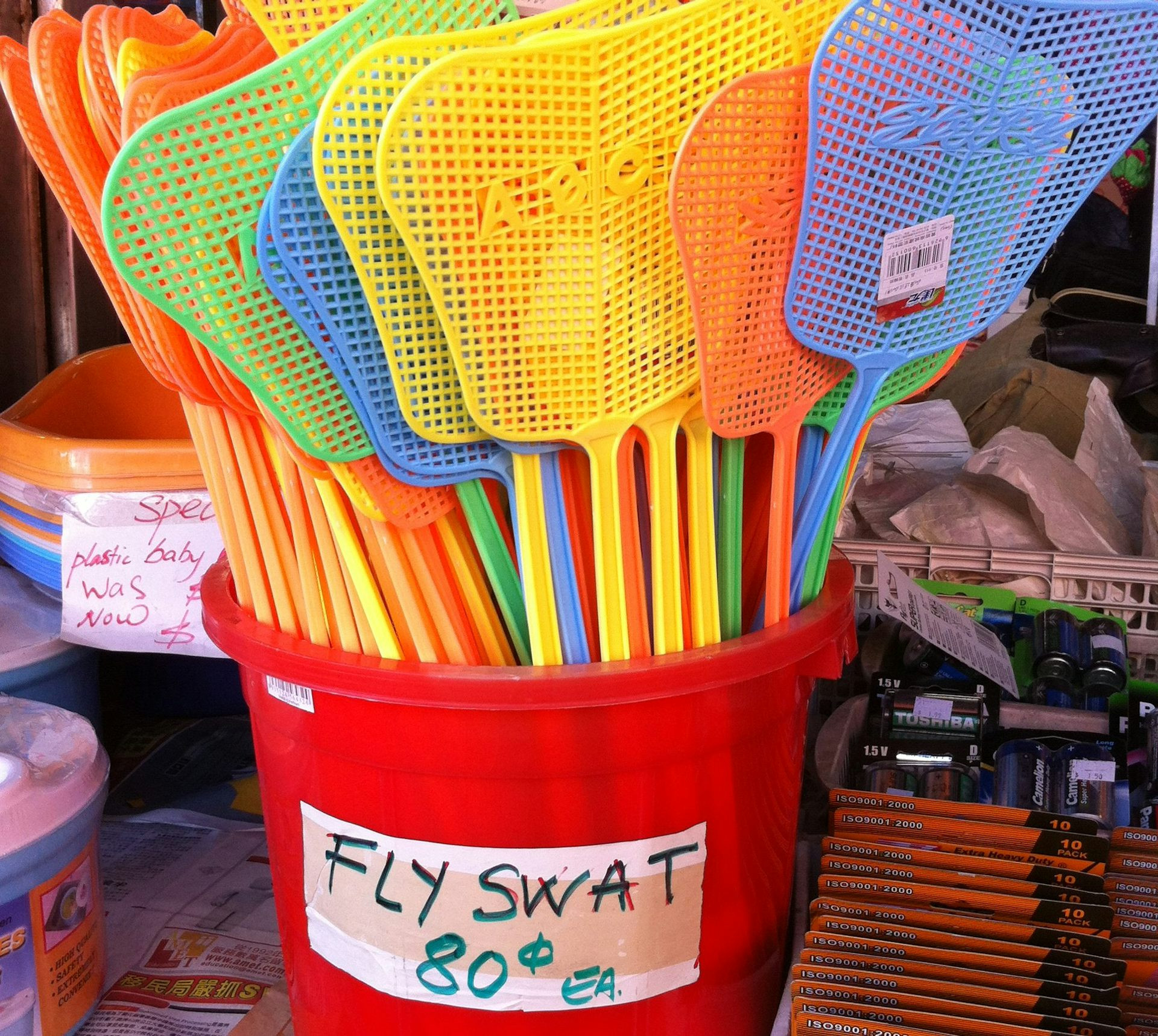It’s a common scenario: you’re enjoying a pleasant outdoor meal when suddenly, a fly lands on your food. A wave of unease washes over you as you wonder about the unseen germs it might be carrying. But what exactly is the risk? And the question that might pop into your head – do flies even have teeth?
Flies are ubiquitous insects, with countless species buzzing around the globe. In Australia alone, there are hundreds of different fly species, from mosquitoes and midges to bush flies and blowflies. They play crucial roles in our ecosystems, aiding in decomposition, pollinating plants, and serving as a food source for other animals. They can even assist in forensic science and in treating certain types of wounds.
However, house flies, in particular, are frequent unwelcome guests in our homes, especially during warmer seasons. They’re not just a nuisance; they can also pose a potential health risk. Musca domestica, the common house fly, is found worldwide and is closely linked to decaying organic matter like dead animals and feces, earning them the unflattering nickname “filth flies.”
These flies undergo a rapid life cycle. After eggs are laid, maggots emerge and feed on decaying material before transforming into adult flies within days. Adult house flies can live for up to a month and lay hundreds of eggs, making them prolific breeders.
 A close-up of a house fly (*Musca domestica*) showcasing its body structure and wings.
A close-up of a house fly (*Musca domestica*) showcasing its body structure and wings.
From Unsavory Spots to Your Supper Plate
The real concern with flies isn’t the fly itself, but where it has been. Flies don’t discriminate; they’re just as likely to land on your freshly prepared salad as they are to feast on rotting waste. This is where the risk of pathogen transmission comes in. Waste, both animal and plant-based, can harbor a multitude of harmful pathogens and parasites.
Unlike mosquitoes that use their saliva to transmit pathogens through bites, house flies don’t bite. Instead, they carry germs on their bodies, particularly their feet. And it’s not just footprints they leave behind. Flies also defecate and vomit on surfaces, including our food.
Now, back to the initial question: Do Flies Have Teeth? The answer is no. Flies lack teeth and are physically incapable of biting or chewing solid food. So, how do they eat? Flies possess a specialized mouthpart called a proboscis. To consume solid food, they regurgitate saliva containing enzymes onto the food. These enzymes break down the food, essentially pre-digesting it and turning it into a liquid “soup.” The fly then uses its proboscis to suck up this liquefied meal of pre-digested food and saliva. This process of vomiting, dissolving, and sucking, especially if prolonged, significantly increases the likelihood of pathogen transfer onto our food.
 A fly swatter, a simple and effective tool for controlling house flies in a home environment.
A fly swatter, a simple and effective tool for controlling house flies in a home environment.
To Toss or Not To Toss: Assessing the Fly Risk
So, you’ve spotted a fly on your food. Does this automatically mean it’s time to discard your meal? In most cases, probably not. While it’s undeniable that flies can carry bacteria, viruses, and parasites from contaminated sources to our food, a fleeting visit from a single fly is unlikely to cause illness in a healthy individual.
The real concern arises when flies have extended access to food, particularly if they’ve been out of sight, spending minutes walking around, vomiting, and defecating. The longer the contact, the greater the chance of pathogens being deposited and multiplying on the food. This is when the health risk escalates.
The risk associated with flies can also vary geographically. Rural areas often experience higher fly populations and a greater likelihood of flies coming into contact with animal carcasses and waste, increasing the potential for pathogen transmission. Urban environments, while not immune to flies, generally benefit from better sanitation and pest control measures, which help mitigate the risks.
To minimize fly-related risks, several preventative measures can be taken. Covering food during preparation, cooking, and when serving outdoors is crucial. Avoid leaving food scraps and leftovers exposed, especially outside. Maintaining good hygiene, including regular cleaning of bins and proper disposal of garbage and animal waste, is essential. Using window and door screens can effectively prevent flies from entering homes. Insecticidal sprays can also be used around bin areas and inside homes to control fly populations. And of course, the classic fly swatter remains a simple yet effective tool in the fight against flies.
In conclusion, while the thought of flies landing on our food is unsettling, and they certainly don’t have teeth to neatly nibble, understanding how they feed and the potential for pathogen transmission empowers us to take appropriate precautions. Simple food safety practices and fly control measures can significantly reduce the risk and allow us to enjoy our meals with greater peace of mind.